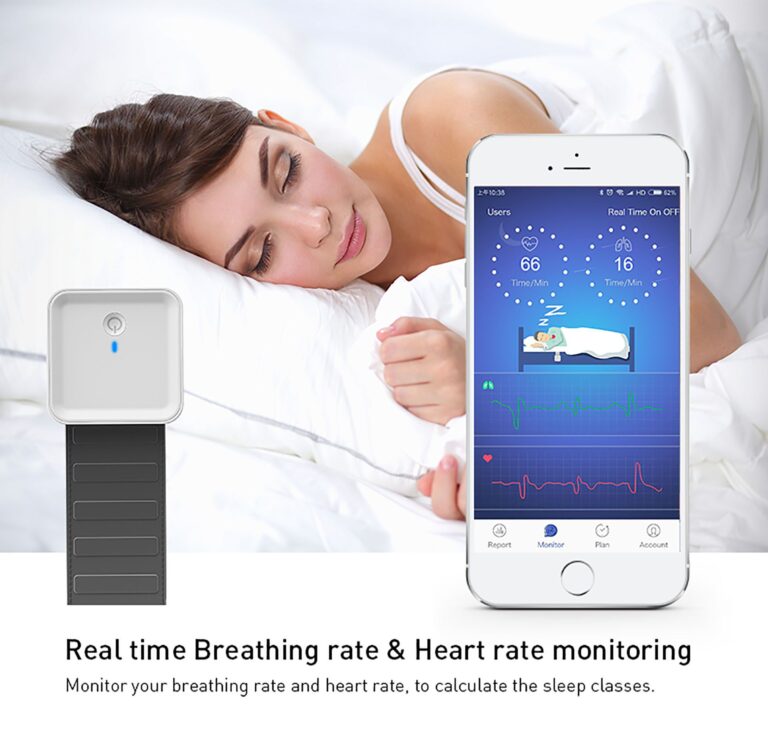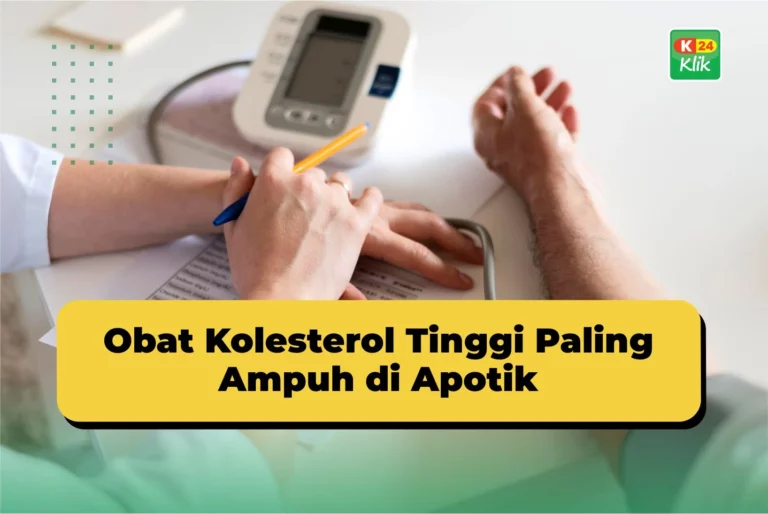Indoor Herb Garden: Complete Guide on Growing Fresh Herbs Indoors at Home
An indoor herb garden is becoming increasingly popular, particularly for those who reside in urban areas where outdoor space is scarce. Not only does it bring beauty and freshness into your home, but it also gives easy access to fresh herbs for cooking, herbal remedies, or simply to purify indoor air.
With minimal space, light, and a little maintenance, anyone can have an indoor herb garden. It‘s a green and cost-saving way to maintain a supply of fresh organic ingredients throughout the year.
Advantages of Indoor Herb Gardening
Indoor herb gardening is not just about looks has actual practical benefits:
Fresh ingredients at your fingertips: Harvest basil or rosemary from your window garden while preparing a meal.
Reduced food expenses: No more frequent runs to purchase small bunches of herbs.
Fresh air inside: Many herbs naturally cleanse the air inside your home.
Stress relief and therapy: Plant care decreases stress and improves mood.
Indoor herb gardens are also great educational tools for learning about nature, living sustainably, and eating healthy.
Best Herbs to Grow Indoors
1. Basil
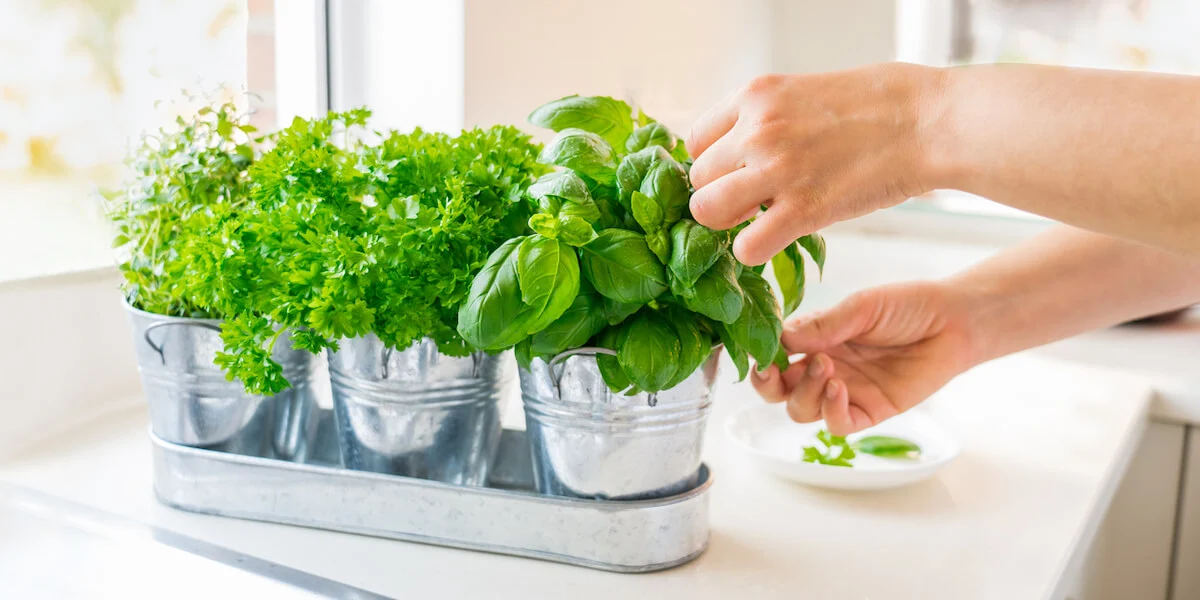
Basil is an easy and widely used herb for indoor plants. Due to its aromatic leaves, it is often used in Italian, Thai, and Mediterranean dishes.
Basil prefers to be close to sunlight and can be placed near an east- or south-facing window. Regular harvesting will encourage bushy growth.
2. Rosemary
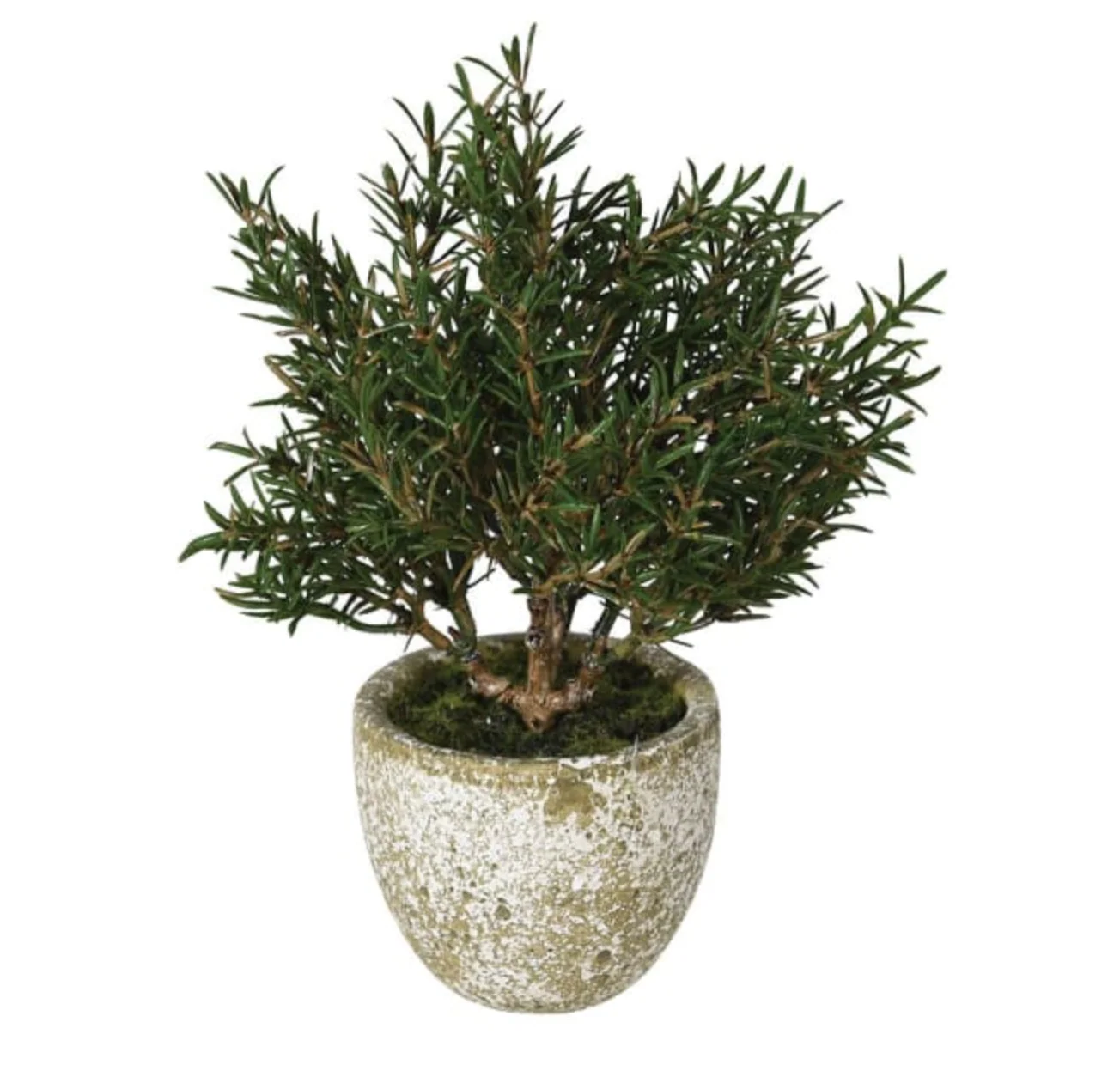
This pungent herb has needle-shaped leaves and a strong scent. It‘s also used in roasts, soups, and even aromatherapy.
Rosemary needs bright light and well-drained soil. It prefers to be watered less frequently, so it‘s a great option for busy gardeners.
3. Mint
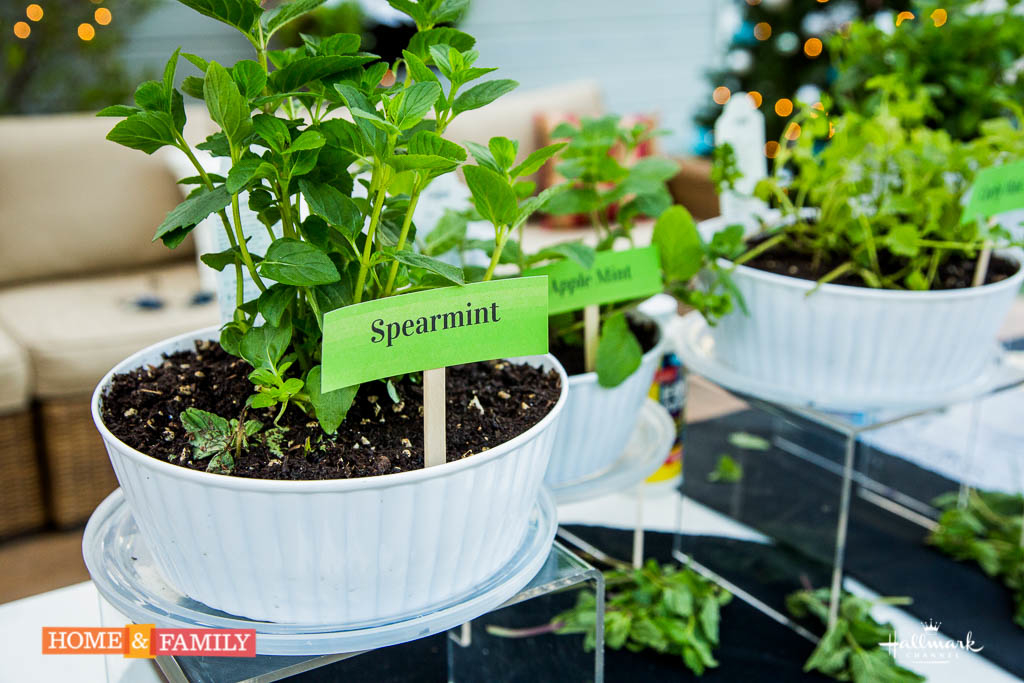
Mint is a fast-growing, cooling herb that will be valuable in drinks, desserts, and medicinal teas.
It needs partial shade and damp soil. Since it will spread so intensely, it is best to grow mint in a pot alone.
4. Thyme
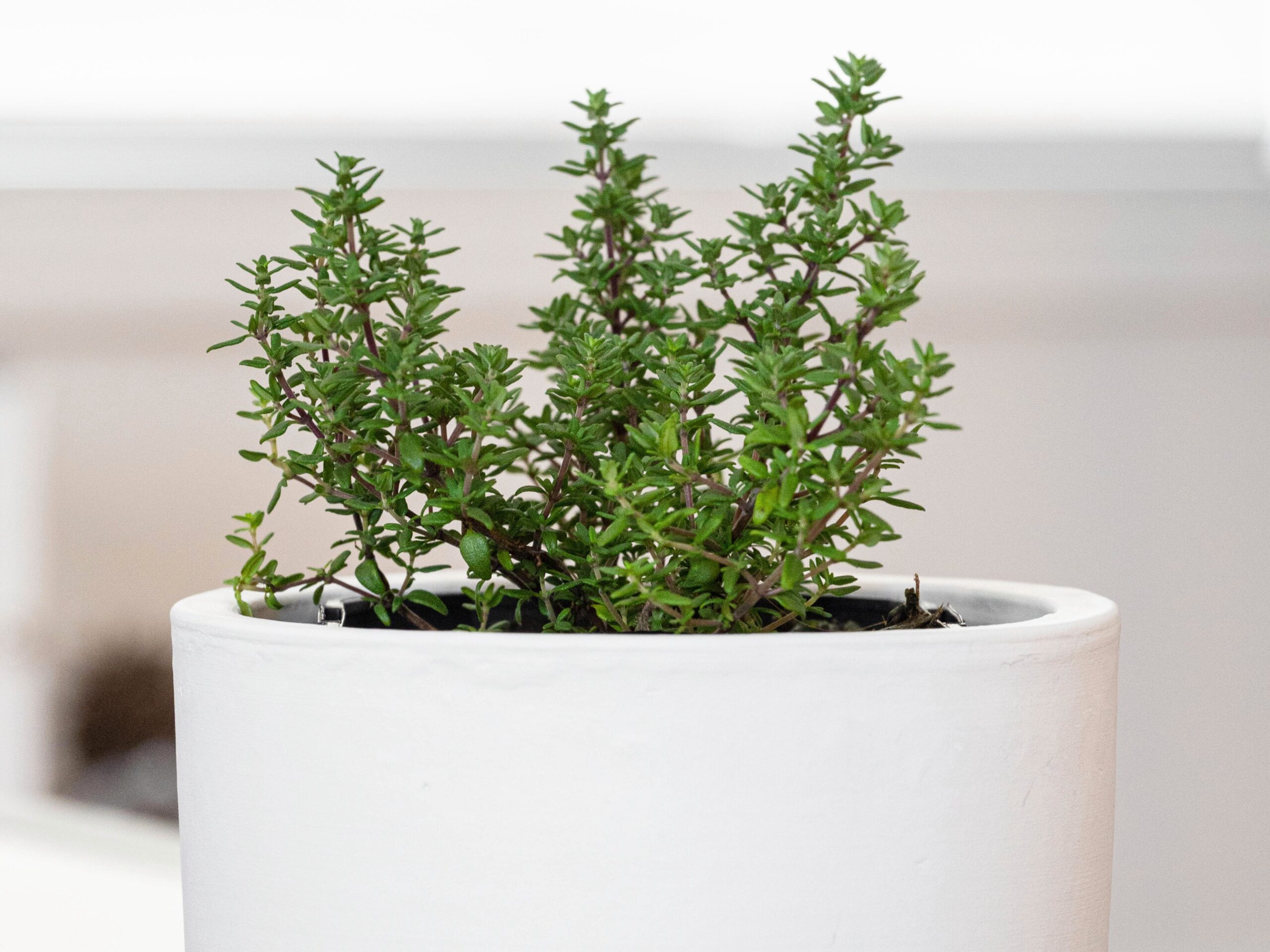
Thyme is an easy–to-grow plant with small, savory leaves. It goes well with grilled meats, soups, and stews.
It is very drought-resistant and prefers full sun. Thyme grows slowly but is incredibly resilient indoors.
5. Parsley

This convenient herb comes in two major forms: curly and flat-leaf. Both are great for garnish or sprinkling a vibrant flavor on dishes.
Parsley needs moderate light and moist soil. It can be harvested a number of times during the year if kept in good conditions.
How to Take Care of Your Indoor Herb Garden
To have a thriving indoor herb garden, keep the following important care tips in mind:
Give Them Enough Light
Most herbs need 4–6 hours of sunlight per day. Place them by a sunny window, or use a grow light if there isn’t enough natural light.
Water Wisely
Don’t overwater. Water only when the topsoil feels dry, and use pots with drainage holes to prevent root rot.
Harvest Often
Shearing and consuming your herbs isn’t just beneficial to their looks but also encourages them to grow new leaves continuously. Don’t allow them to seed unless you‘re seeking to harvest seeds.
Use the Right Mix of Soil
Herbs prefer light, airy soil. Pot using potting mix blended with perlite or coconut coir to improve drainage.
Rotate Plants for Even Growth
Turn the pots every few days so that all portions of the plant receive an equal dosage of light, halting uneven growth.
Real-World Applications of Indoor Herb Gardens
Preparing Nutritious Meals at Home
Imagine cooking pasta and reaching across and grabbing a bunch of fresh basil from your window garden. It‘s convenient, but also adds taste and nutrition.
Functional and Aesthetically Pleasing Home Design
Certain homeowners place potted herbs against their kitchen walls. It provides the room with a green touch and makes the kitchen more vibrant and functional.
Natural Aromatherapy
Mint, lavender, and rosemary are herbs that emit cool scents that soothe the mind and sharpen concentration. Perfect for your home office or reading nook.
Educational Activity for Kids
Growing and tending herbs give children a sense of responsibility and patience. Watching a seed sprout into a plant enables them to engage with nature in the midst of urbanization.
FAQ (Frequently Asked Questions)
Can I also grow herbs indoors without sunlight?
Yes, but artificial grow lights will be needed. Parsley and mint can tolerate less light, but grow lights are optimal for healthy growth.
How long before I can harvest herbs once planted?
Most herbs can be harvested for the first time 4–6 weeks after planting, depending on the variety and level of care. Regular trimming will keep them producing fresh leaves.



